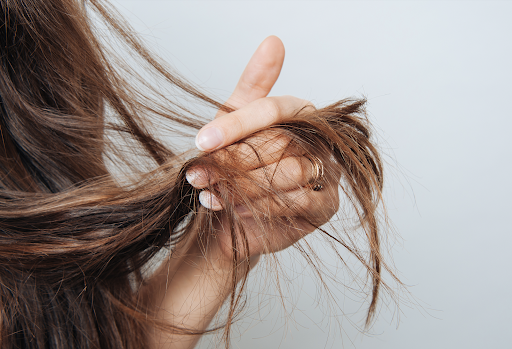
Hair loss has become a widespread problem both in men and women. However, PRP hair treatment is widely used to prevent hair loss while stimulating new hair growth. Performed by cosmetic professionals, this treatment involves the taking of the patient’s blood and then injecting it into the targeted area, i.e., the scalp. You will start noticing remarkable outcomes after a few months of this treatment.
To enhance the PRP results, doctors may use this treatment with the combination of micro-needling. Let’s discuss in detail how PRP treatment works, how long it takes to see results, and how to maintain them. You must take PRP hair treatment London from experts to gain fast and long-term effects.
What is PRP Hair Treatment?
PRP is rich in growth factors, including Platelet-derived growth factor (PDGF), Epidermal growth factor (EGF), Insulin-like growth factor (IGF), and Vascular endothelial growth factor (VEGF). These factors stimulate the functions in multiple cells.
Platelet-rich plasma (PRP) is an effective hair restoration treatment to stimulate new hair growth. This is a non-surgical process in which the injections successfully stimulate hair follicles to generate new hair. PRP injections increase the blood flow to the follicle, thickening the hair shaft and promoting natural growth.
Blood is usually taken from your arm, processed, and injected into your scalp during the procedure. PRP hair restoration results are not immediate but become apparent after a few months.
PRP Hair Treatment Results
PRP is a reliable and safe hair growth treatment that has long-term results. To observe improvements, most patients require an initial set of three sessions with a gap of four to six weeks and follow-up visits every three to six months.
The therapy often accelerates hair growth, boosting hair thickness and density. Patients first observe less hair loss, then more hair growth. Results vary from patient to patient based on the techniques used by your doctor and session intervals.
Most clients start noticing the PRP hair treatment results after three months. However, it can take 3 to 6 months to see the visible outcomes of PRP. Flor guaranteed results; you must take at least 4 PRP sessions with maintenance treatments as your doctor recommends.
How Long Do PRP Treatment Results Last?
Maintaining the results of PRP restoration treatments requires identifying and treating the cause of your hair loss. You will continue to experience hair loss in specific parts of your scalp if the reason for your hair loss is not identified and treated. PRP effectively treats many hair loss issues, such as androgenetic alopecia and more; however, it is not a permanent hair loss treatment.
Follow-up treatments once or twice a year are advised to maintain your results if your hair loss was brought on by stress or using specific medications. If the root cause of hair loss is treated, PRP treatment outcomes may last several years.
How PRP Treatment Works?
For PRP therapy to work, a little blood sample is obtained first. The reparative cells, or platelets, in that sample, are then separated from the other elements of your blood using a centrifuge. When injected back into the body, the highly concentrated PRP can release crucial growth proteins.
Your doctor will inject some PRP into the scalp with a little needle. Utilising your body’s resources, PRP hair loss treatment is a fantastic technique to encourage hair growth. Injections of platelet-rich plasma have demonstrated efficacy in treating hair loss. Numerous studies have shown that treatment results in an enhanced hair look, whether used as a monotherapy or combined with other therapies like micro needling.
PRP Hair Treatment Downtime
There is very little downtime with PRP hair loss treatment. After finishing their therapy, patients who undergo this procedure are able to get back to their regular activities quickly. The mild side effects, such as swelling and discomfort that persist for 3 to 5 days following the treatment, may be treated using over-the-counter medications or ice packs.
Certain behaviours must be avoided during the healing phase of the surgery, such as drinking alcohol for at least two days following the procedure and indulging in vigorous activity right away. Showering must be avoided for at least 24 hours following the treatment.
